Ayurvedic recipes utilise the best benefits of herbs and spices to help balance your body doshas.
You’re one of many people who like to bring into their life the practices from the history of Ayurvedic medicine for healing, if you’ve ever tried intermittent fasting, consumed lemon water to improve digestion, or desired to improve your health through food.
There are three distinct body types, or doshas, according to the traditional, holistic Ayurvedic treatment approach: Vata, Pitta, and Kapha.
Although most people have two doshas in balance with the third one dominating the other two, each dosha has its own distinctive qualities. Depending on the dominant dosha in a person, a particular diet and way of life is planned for achieving total wellness.
Consultation with an ayurvedic doctor is the most effective way to learn one’s body type. Different foods are more suited for different doshas. There is, however, a general ayurvedic diet strategy that works for all kinds of people with a few tweaks made to help balance the doshas.
As a general rule, we should eat warm, vegetarian meals that have been cooked. It balances and regulates all the doshas. Consuming a lot of cereals, veggies, and Ayurvedic spices is essential for maintaining a clean, healthy body.
Here are the best Ayurvedic recipes to include in your diet if you want to maintain a healthy digestion.
10 Best Ayurvedic Recipes For Good Digestion:
1. Ayurvedic Falafel
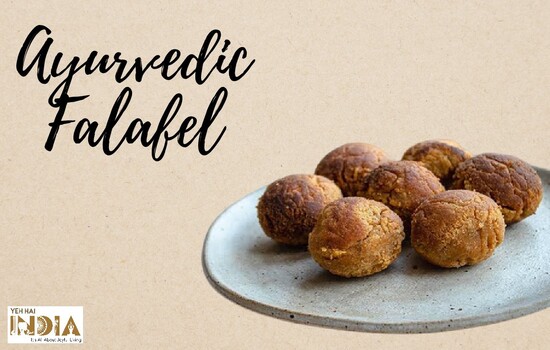
Instead of chickpeas, this Ayurvedic falafel has a twist by using nutritious mung beans instead of chickpeas which help balance the three doshas.
Seasoned with Ayurvedic herbs and spices like turmeric, coriander, and cumin, this dish has a refreshing effect on the body in summers.
Being easily digested, mung beans or green lentils are an excellent source of proteins, folic acid and other micronutrients needed to maintain a healthy body, particularly for those suffering from digestive issues.
Recommended Story – 15 Best Foods for Healthy, Clear, and Glowing Skin
2. Adai (Multi Lentil Dosa)
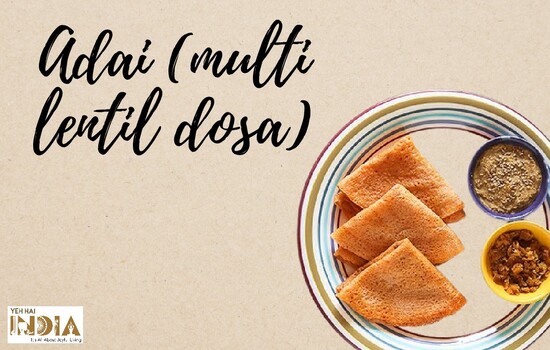
Adai is a dish similar to a dosa that originated in Tamil Nadu but is now made in all of the South Indian states. Every home has its own version of Adai, even in Tamil Nadu.
The main reason that makes adai a good choice of food is its unique taste. It is mostly eaten as a breakfast, brunch, or dinner as it fill you up instantly and provides a healthy dose of the recommended daily requirements.
Just one Adai and some chutney can fill your stomach the way a whole cooked meal does without losing out on important micronutrients.
3. Pesarattu Dosa

Even while we do eat a variety of meals for breakfast, dosa is typically what provides us the energy we need to start the day.
The Andhra Pesarattu, a dosa that is particularly made with green lentils, is the focus of today’s highlight. These lentils can be used whole, split, or without skin (yellow moong dal).
Mung beans are highly regarded by Ayurveda and are included in the special group of foods that are beneficial for all types of bodily constitutions, specifically the vata (air), pitta (fire), and kapha (water).
4. Ginger and Lime Rasam

This delicious Rasam ignites the stomach’s digestive fire, piques a healthy appetite, and prepares the taste buds for other types of foods.
This ginger and lime Rasam is a tried-and-tested approach to get relief from a variety of diseases such as sore throat, nasal congestion, or a lingering cold-related headache that troubles you when the weather changes to rainy season or chilly winters.
These symptoms typically surface during seasonal shifts. The lemon along with ginger works to strengthen the immune system with a chockful of nutrients like vitamin C, B6, magnisium, phosphorus and antioxidants known to build resistance against respiratory infections.
5. Amla Chutney
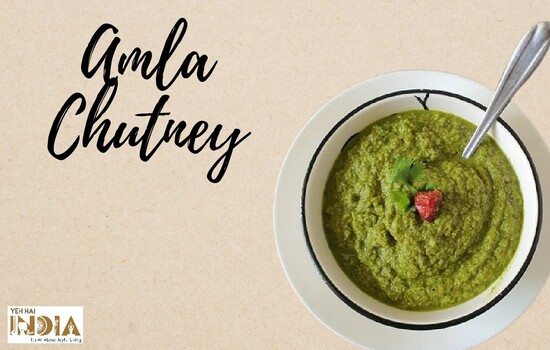
Amla is well known for treating common winter illnesses including colds and coughs due to its high vitamin C content.
The amla fruit, which gets its name from the Sanskrit word “amalika,” is said to have five tastes: sour and astringent; sweet; bitter; and pungent. This makes it a wonderful ingredient you can add to as many dishes as you like.
To receive all the nutrients this superfruit contains, it’s best had raw as in chutneys. Amla chutney not only helps build resistance against a variety of maladies but also adds a wonderful taste to your meals when accompanied with main course dushes.
6. Turmeric Milk
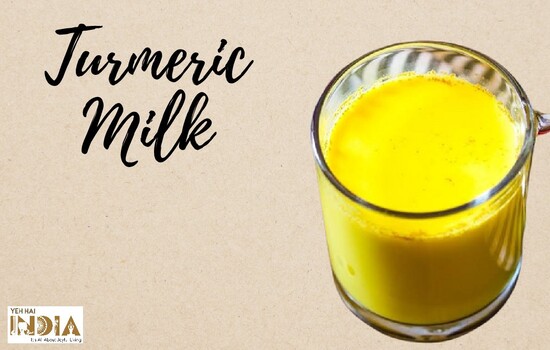
All of the western research has confirmed what the ancient Indian civilization already knew: that turmeric includes nutrients with a variety of therapeutic effects.
The primary constituent of turmeric, curcumin, has potent anti-inflammatory, anti-aging, antiseptic, and antibacterial activities.
Turmeric consumption is also thought to enhance cognitive abilities, reduce heart disease risk, and treat and prevent ailments like arthritis, cancer, and Alzheimer’s disease.
Additionally, studies show that turmeric can help with mental health issues including depression and anxiety noj just because of its rich nutrient profile but also because of its colour that uplifts your mood.
Recommended Story – Diabetes: Healthy Food Choices as prescribed by Ayurveda
7. Moong Dal Khichdi
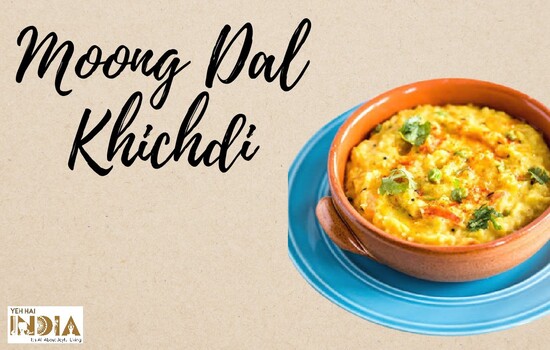
An ideal food group to use for lunch recipes, according to Ayurveda, is moong dal because it is nutritious, easy to digest, and has many other advantages.
When moong dal, rice, and other ayurvedic spices are used to make khichdi, it possesses “sattva” or purity properties that aid in detoxifying and revitalising the body, which in turn promotes immunity, digestion, and physical and mental vigour.
Moong dal khichdi is also considered to be a good source of proteins and carbohydrates that help meet your body’s energy needs. Combining it with some ghee, yoghurt and any pickle of your choice makes for a perfect lunch.
8. Emmer Wheat Upma
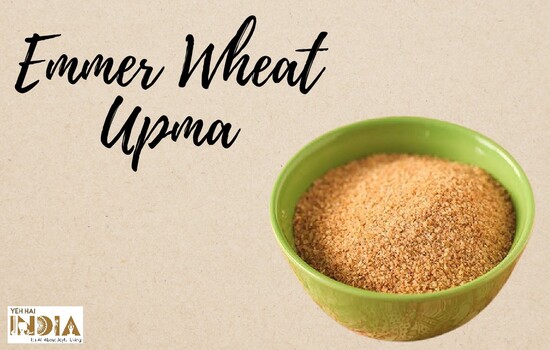
Emmer (Triticum dicoccum) is a plant that has high levels of proteins, fibre, magnesium, and other vitamins. paired with dals/legumes Emmer wheat is a great option for vegetarians because it provides a complete source of protein.
This type of wheat is also good for diabetics as it has a low glycemic index. Additionally, it is lighter on stomach because it contains less gluten than conventional wheat does.
Micronutrients like minerals, vitamins, and antioxidants are also found to be more abundant in emmer wheat. In spite of the fact that some people who are sensitive to modern strains of wheat may digest ancient wheat grains Bette. Hence those who are gluten intolerant should avoid Emmer wheat.
9. Poppy Seeds Kheer
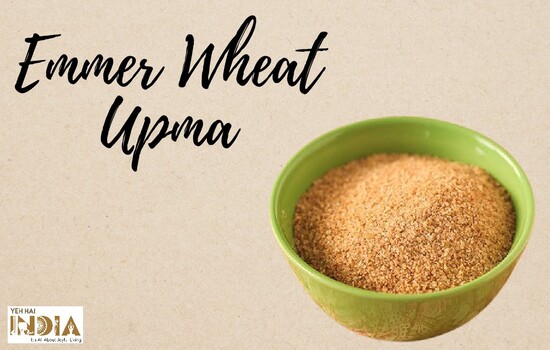
Poppy seeds kheer is a great dish to be eaten as a dessert at the end of a meal. The seeds are packed with a good amount of nutrients known to promote heart and brain health and are also lighter on the digestive system.
These seeds have also been used to treat pain in traditional remedies. All these qualities are enough reasons to include this dish in your meals to stay healthy and disease free.
10. Finger Millet Porridge
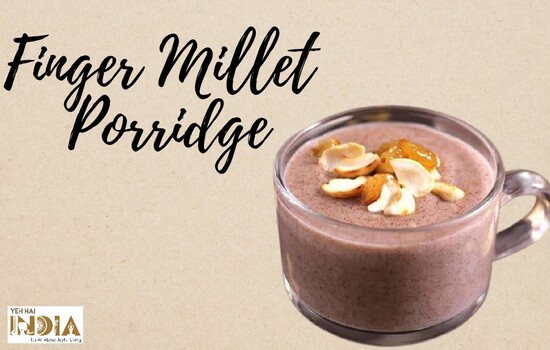
The cooling properties of finger millet, according to Ayurveda, make it a perfect food for people who live in tropical areas. Known as nachni or ragi in Indian languages, finger millet is also devoid of gluten and abundant in calcium, iron, fibre, and other minerals.
Finger millet porridge is a good way to include this highly nutritious cereal in your food. As a breakfast, it provides the right amount of nutrients and carbohydrates you need during the day.
It is time to offer long-forgotten ancient grains a second chance in a world where rice and wheat happen to be the main grains consumed. Why not start with this recipe?
If you’ve tired of eating processed food, these Ayurvedic recipes can be a perfect start to a healthy future.
Also Read – ORGANIC FOOD – All you need to know about!










